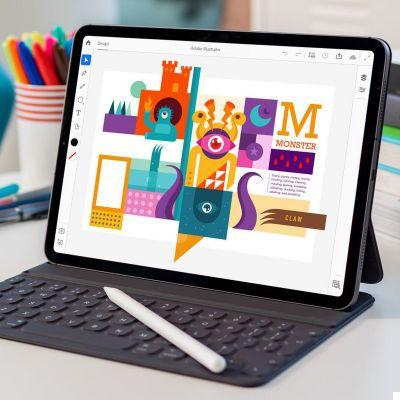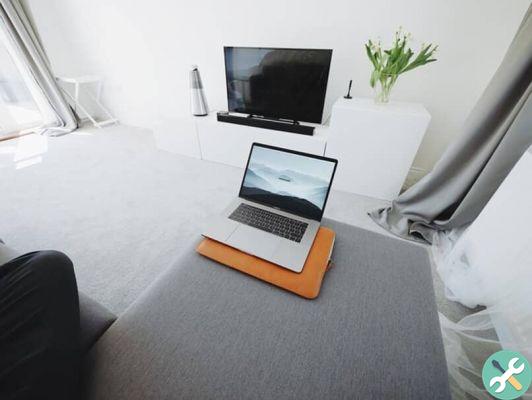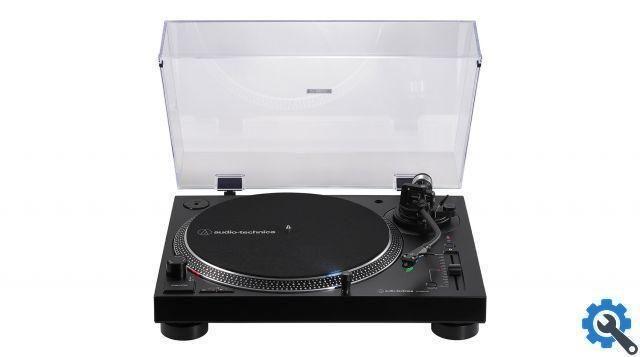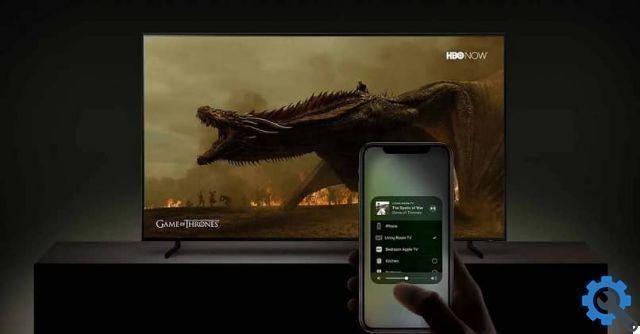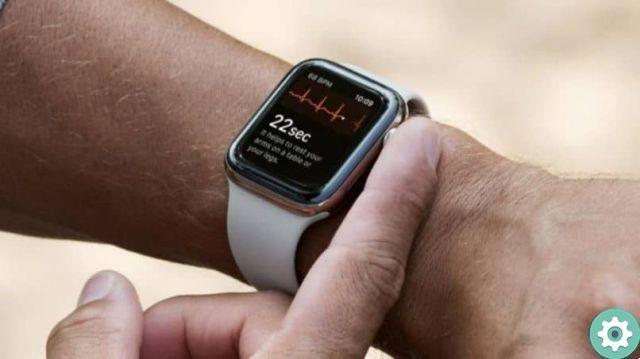I work in a large company that has embraced total teleworking in all positions where it is possible since the lockdown began. We've been using laptops for years, so getting the office home wasn't too complicated.
When it comes to working from home, with a good fiber optic connection, there don't seem to be any complications, although there are sometimes (see the series How to improve your Internet connection).
- How to improve your Internet connection I
- How to improve your Internet connection II
- How to improve your Internet connection III
- How to improve your Internet connection IV
- How to improve your Internet connection V
- How to improve your Internet connection VI
- Tips for optimizing your Internet connection
But what happens if we go to a small village in the middle of the mountain?
Internet connection
For teleworking we need an Internet connection, and certainly a lot of data, so we need to see what possibilities there are:
A landline phone
A fixed fiber line is the ideal option as it offers us high speed and reliable connection security. However, the fiber does not reach all places and less in a rural setting.
The alternative is ADSL even if the speed is much lower. And it is not a speed that we can easily know before it is installed, as it depends on the quality of the copper network and the distance. The most reliable thing is to be able to do a test at the home of a neighbor who has installed it and is close to ours.
But the worst thing about ADSL is the upload speed, which drops to just over 1 Mb / s in the case of some operators or even 0,8 Mb / s in the case of others, such as the extended Movistar. This speed is unfortunate if you want to send any document, photograph or videoconference, so it is highly inadvisable to work (it may be acceptable to only consume content).
Eventually we have to go to the operators' sites to see if they come with their line to our house. In my case, no operator has coverage.
A mobile phone line
Another option to connect via mobile phone. With 3G and 4G networks you can reach very good speeds, which often have little to envy to fixed connections.
The problem with the mobile connection is that the speed varies a lot depending on the coverage you have, it's not the same being close to a repeater than being very far away. Or keep the receiver inside the house with thick walls or keep it in an open place.
So the first thing you need to do is see what coverage you have at home, in the place where you will connect.
You can take a speed test like speedof.me to see how well it connects. I recommend that you make one in the place where you will use the computer and another one outside the home. In this way you will see if the walls of the house are affecting you negatively. If there is hardly any difference in the results, you won't have to worry about this aspect.
If the difference is very big, you should think about putting the mobile device on the window or in the attic and sharing it with the computer via Wifi.
But be careful, each speed test consumes a lot of data, so don't start testing happily, as your monthly data will suffer.
Which mobile network to use?
Unlike fiber or copper, choosing one mobile network or another can make a huge difference.
In Spain there are 4 mobile networks: Movistar, Orange, Vodafone and Yoigo. When your cell phone or mobile router connects to a network, it is one of these four.
The rest of the companies (OMV or Virtual Mobile Operator) connect to one of these 4 networks, depending on the agreement they have. Some MVNOs connect to multiple networks depending on coverage, which is very interesting as it basically means having more coverage. So, if you decide on any of these, it is important to search the internet which network they use.
On iPhone you can go to Settings> Mobile Data> Mobile Plans and you will see which network you are connected to.
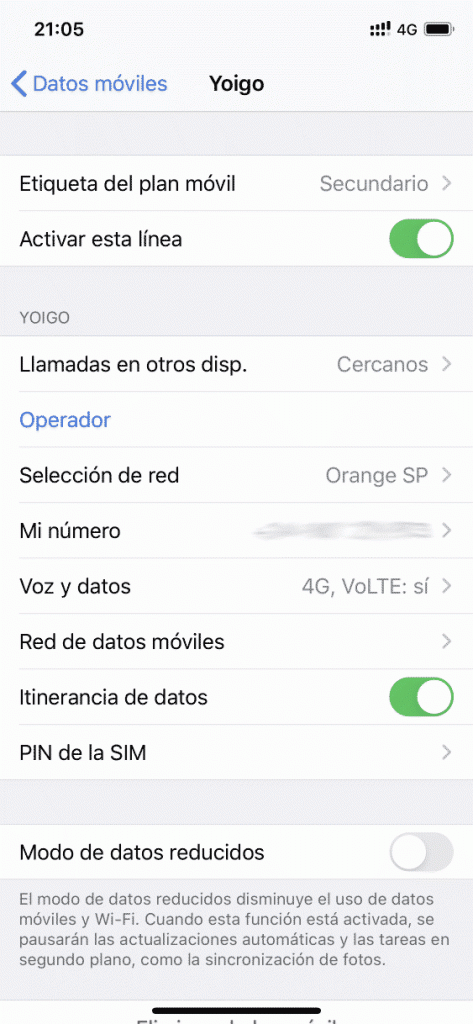
In the example photo it is a PepePhone line (from Yoigo) that has been connected to an Orange network, as they have an agreement with Orange to complete the coverage.
You can also search for available mobile networks by going to Settings> Mobile data> Network selection and turning off the “Automatic” option. From then on, the mobile will start checking the spectrum for networks, which may take some time, to finally show the result.
This is not very useful information, as it does not tell us the power with which we would connect to each network, but it can be used to exclude any company. When finished, remember to leave this selection in "Automatic" as it is best for you to have a good connection.
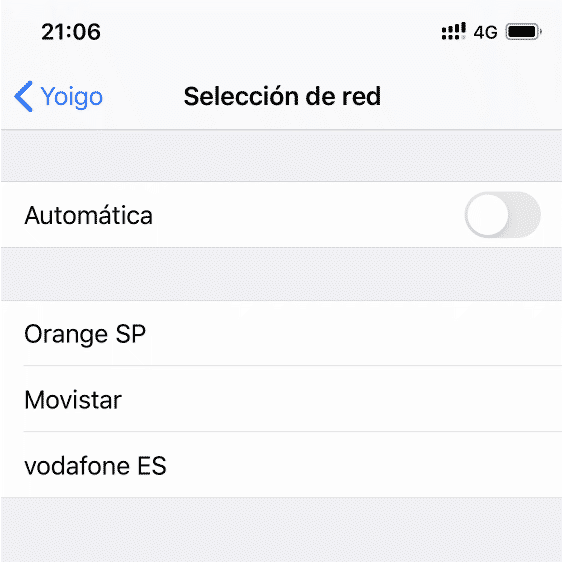
A very interesting way to help you decide on a company, based on its mobile network, is to see which repeater you are closest to. So, for example, if you have one from Vodafone very close and one from Orange far away, it might be more interesting to look for a company that uses the Vodafone network. Enter the web https://antenasgsm.com.
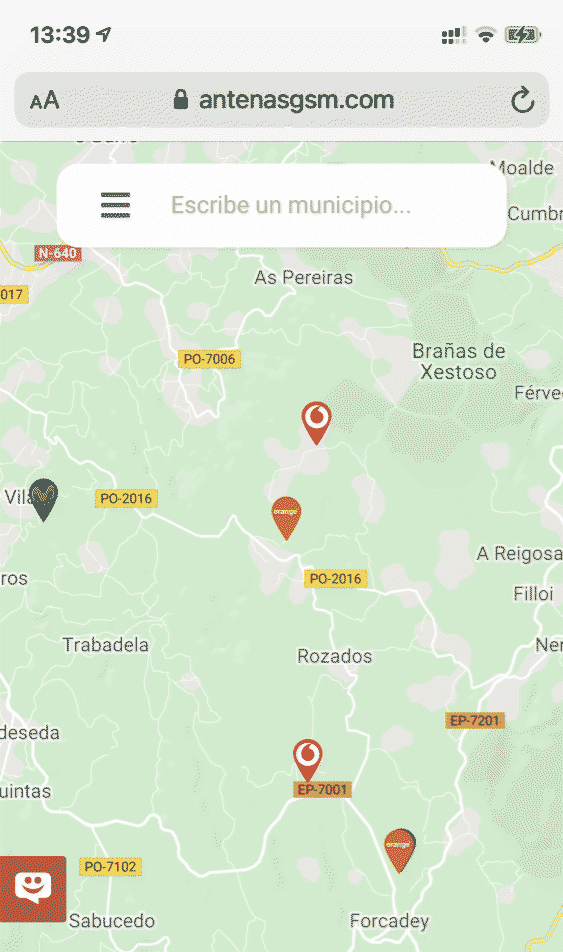
There you will see each of the repeaters of the different companies marked, so that it helps you decide. Be careful because sometimes there are two repeaters in the same place and you only see one company, you have to make art by zooming in.
It can also be used to know from which side of the house you will have the best connection, for example if you buy a 3G 4G router, since from the side facing the repeater you can have a higher speed.
By clicking on one of the repeaters you get a lot more information but I don't think it is necessary to complicate it further.
And you? Did you go to work on a site with no Internet connection?





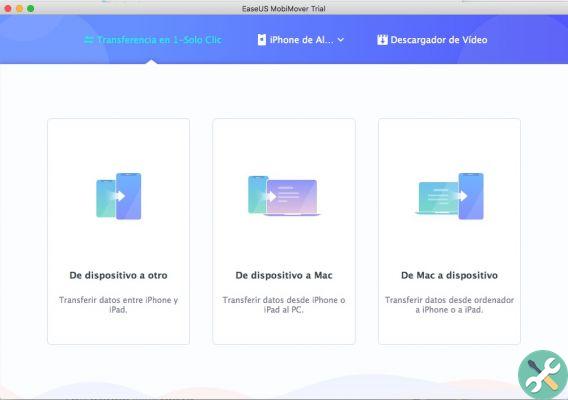
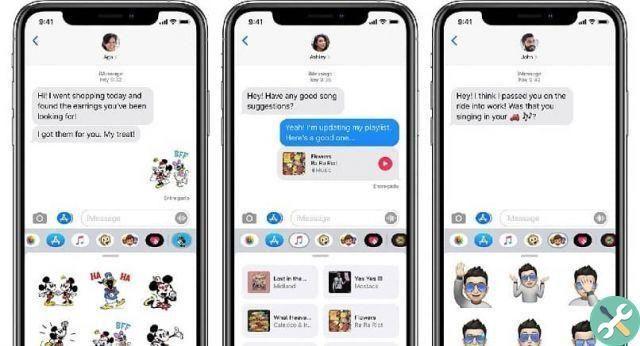



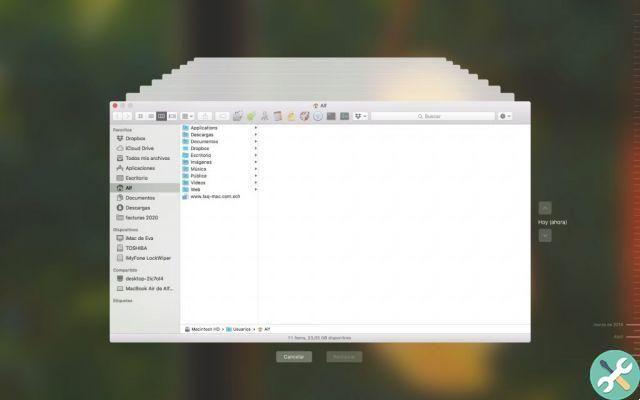
![Google also wants your Apple News [Updated] [2]](/images/posts/943dc0d8f28fcc4bc16fa30ed6d71f6a-0.jpg)


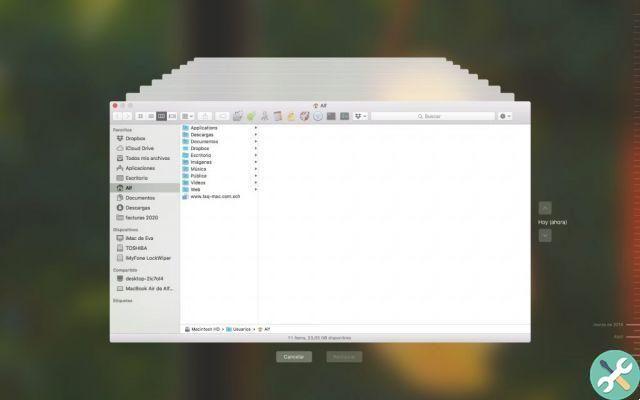

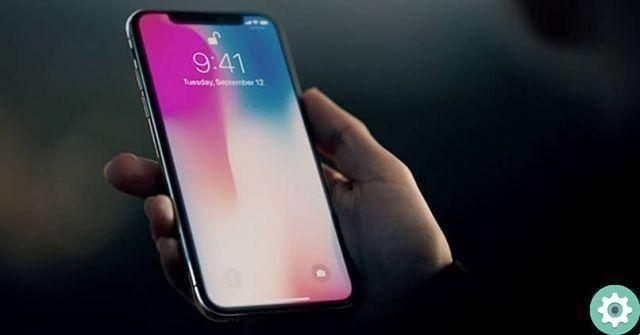
![Apple Vice Presidents Talk About Development of M1 for Mac [Updated]](/images/posts/c6254b668e5b3884d6b6338ccb8a02ff-0.jpg)
